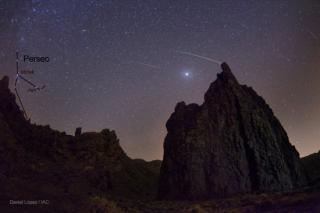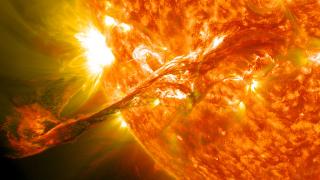
Imágenes de la SuperLuna del 10 de agosto de 2014 tomadas desde diferentes localizaciones próximas al Observatorio del Teide, en Tenerife (Islas Canarias)
Advertised on
This section includes scientific and technological news from the IAC and its Observatories, as well as press releases on scientific and technological results, astronomical events, educational projects, outreach activities and institutional events.




